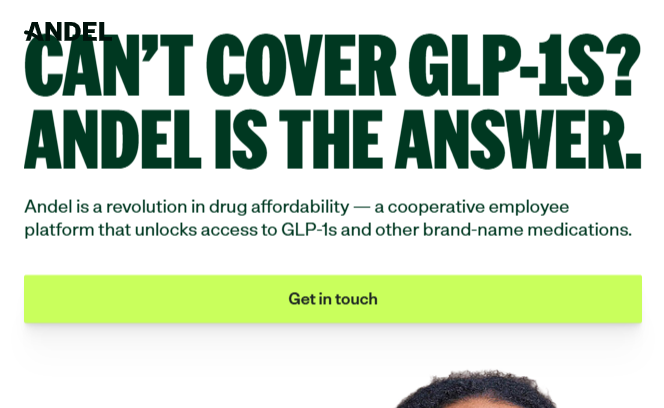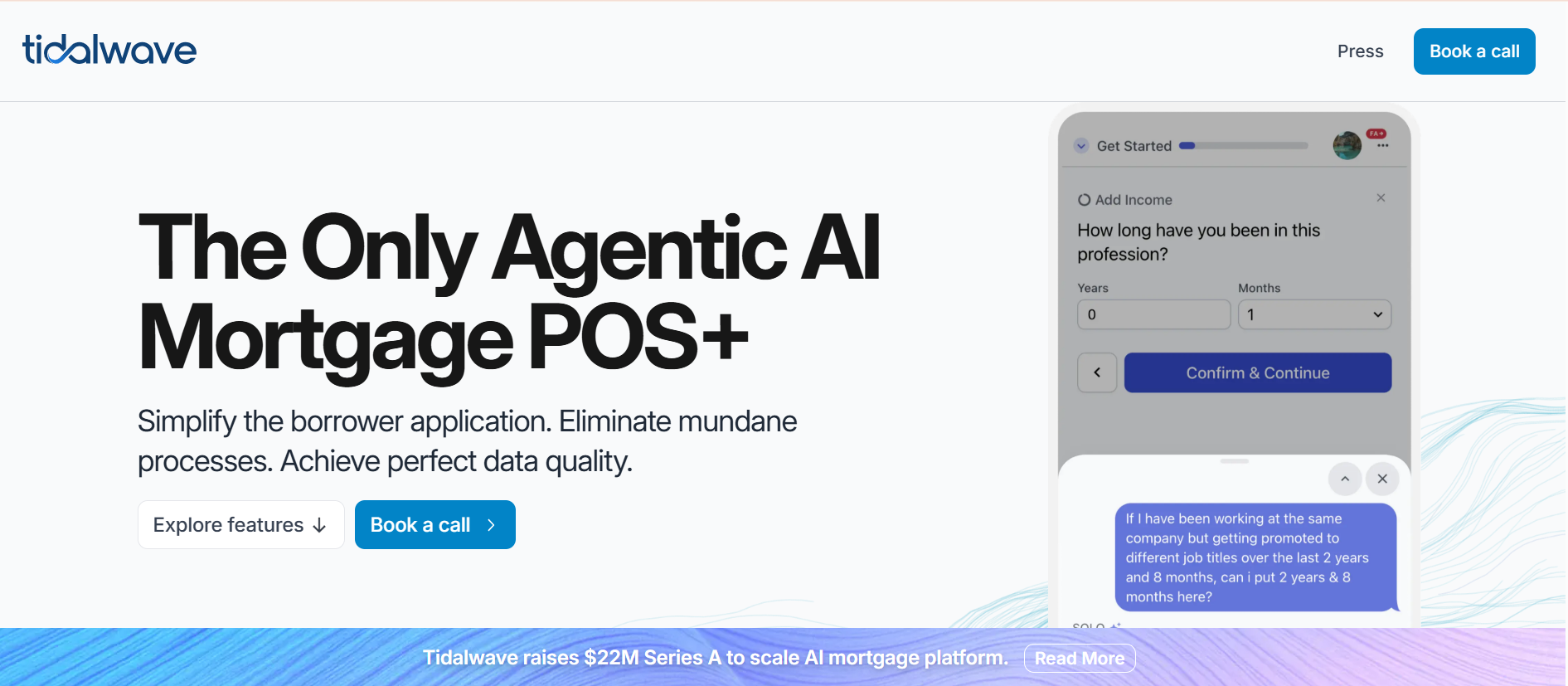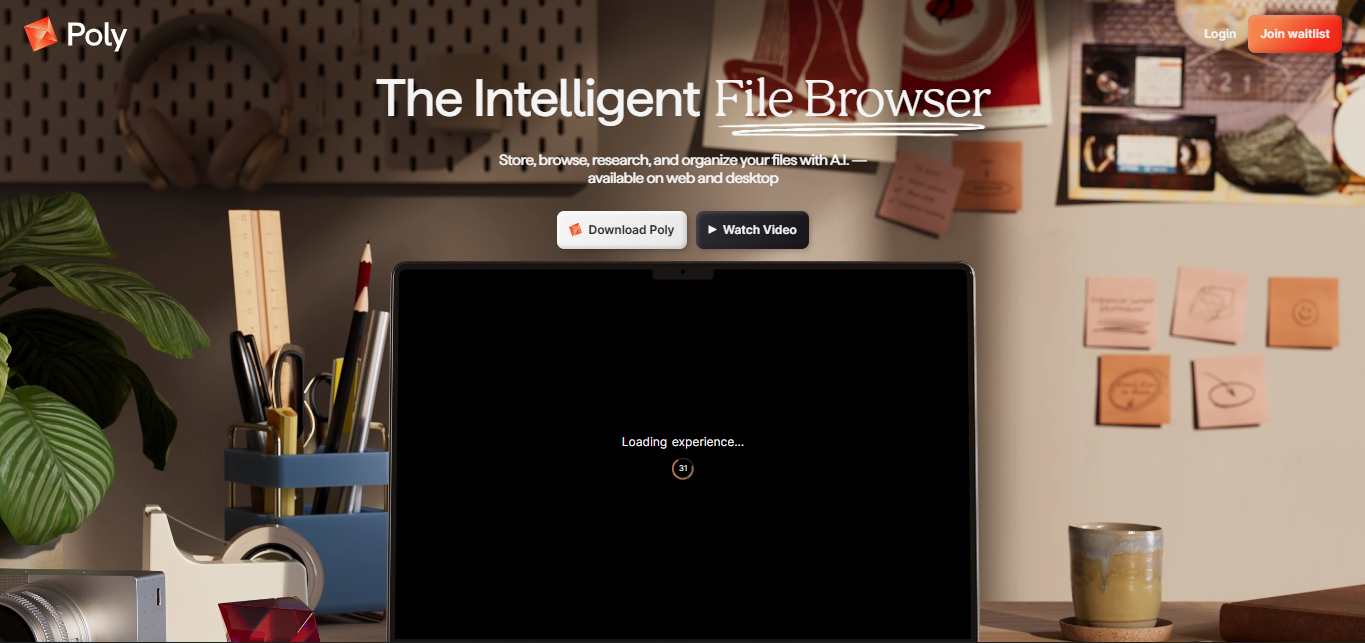Andel Raises $4.5 Million to Redefine Drug Affordability and Employee Health Access
October 25, 2025
byFenoms Startup Research

Andel, a U.S.-based healthtech startup founded by Jay Bregman and Ritu Malhotra, PharmD, has raised $4.5 million to reshape how employees access brand-name medications and GLP-1 treatments.
The funding round included major backers such as Lightbank, Seedcamp, Bertelsmann Healthcare Investments, Houghton Street Ventures, Springboard, Semper Virens, and Citylight - a powerhouse investor lineup uniting healthcare, fintech, and workforce-tech expertise.
Andel’s platform is designed to solve one of the biggest pain points in U.S. healthcare: the inability of employees to afford essential medications - particularly the new generation of GLP-1 drugs like Ozempic, Wegovy, and Mounjaro.
Solving the GLP-1 Coverage Gap
GLP-1 medications have reshaped the treatment of diabetes and obesity, yet affordability remains a massive barrier. According to the Kaiser Family Foundation’s 2025 Benefits Survey, 64% of employer health plans exclude GLP-1 coverage. For the average American, these prescriptions cost $900–$1,300 per month - an unsustainable burden even for those with insurance.
Andel solves this through a cooperative employee benefits model, allowing employers and workers to share the cost of high-value medications without spiking insurance premiums. By leveraging direct manufacturer pricing and algorithmic cost optimization, the platform ensures transparent, lower drug costs for employees while maintaining predictable budgets for employers.
It’s a model that blends pharmacy benefits, fintech infrastructure, and cooperative economics - and investors see enormous potential in that intersection.
Investors Bet on Access-First Healthcare
Healthcare investment has increasingly shifted toward solutions that enable accessibility, not just innovation. According to McKinsey’s 2025 HealthTech Outlook, the global market for employer-driven health solutions is projected to hit $143 billion by 2030, growing at 17% CAGR.
Meanwhile, Fortune Business Insights (2025) estimates the GLP-1 therapeutics market will surpass $105 billion globally by 2032, fueled by an ongoing rise in chronic-disease management.
Andel sits squarely between these trends. Its platform enables cost-sharing access to brand-name drugs, effectively acting as a bridge between employers, pharmaceutical manufacturers, and employees - one that’s both economically sustainable and socially necessary.
Rewriting the Logic of Health Benefits
Traditional insurance models treat drug coverage as an expense to minimize, not an investment to optimize. But Andel flips that thinking. By building a cooperative structure, it makes medication access a shared benefit, not a financial liability.
This reorientation toward shared alignment is quietly becoming one of the most powerful trends in health innovation. Employers retain staff longer, employees get better outcomes, and manufacturers gain steady, predictable demand.
Andel’s model works because it realigns incentives across all parties - something the broader healthcare ecosystem has struggled to achieve for decades.
The Hidden Lesson for Founders
Here lies the deeper insight: what Andel is doing isn’t just healthcare disruption - it’s a masterclass in alignment design.
Every industry eventually reaches a point where new products can no longer outpace old systems; they must be built on better alignment, not just better technology.
Andel didn’t start by asking, “How do we make drugs cheaper?” It started by asking, “Who actually benefits when people can afford them?”
Founders who master alignment - where every stakeholder wins when the system works - don’t need to fight incumbents; they make incumbents irrelevant.
Andel proves that innovation doesn’t always require new molecules or new markets - sometimes it requires rewriting the economic relationships that determine access. It’s a reminder that the most transformative startups don’t disrupt from the edges - they redesign the middle.
For any founder operating in a regulated or legacy space, this is the enduring principle:
The fastest path to scale isn’t fighting inefficiency - it’s making efficiency profitable for everyone involved.
Healthcare Economics and Market Context
The need for models like Andel’s is only growing. U.S. healthcare spending topped $4.9 trillion in 2024, accounting for 18.6% of GDP, while prescription costs rose 8.1% year-over-year, according to the Centers for Medicare & Medicaid Services (2025).
Nearly one in two Americans reports skipping or delaying prescriptions due to cost (Gallup Health Index, 2025). The problem isn’t lack of demand - it’s lack of sustainable access mechanisms.
Platforms like Andel are filling that gap by introducing distributed benefit economics, where employer and employee share responsibility without dependence on traditional insurers.
If this model scales, it could redefine how chronic-disease care is funded in the U.S., reducing long-term healthcare expenditures while improving health equity outcomes.
How Andel Plans to Scale Its Impact
With $4.5 million in new funding, Andel will:
- Expand its cooperative benefit platform across mid-sized employers and healthcare networks.
- Establish manufacturer partnerships for GLP-1s and other specialty medications to secure volume-based discounts.
- Integrate predictive analytics to forecast drug utilization and optimize payment allocation in real time.
- Broaden coverage to include cardiovascular and mental-health medications within its affordability framework.
According to co-founder Ritu Malhotra, PharmD, “Our goal isn’t to replace insurance - it’s to complement it with a smarter layer of access. We want to make modern medicine reachable, predictable, and fair.”
The Bigger Shift in Healthtech
Andel’s model represents a broader movement in healthcare innovation: building around accessibility instead of against bureaucracy.
Startups that once tried to disrupt insurers are now creating parallel benefit ecosystems that run alongside them - more agile, data-driven, and patient-aligned.
This funding round underscores that trend: the market is rewarding companies that turn affordability into infrastructure.
Andel isn’t just lowering prices - it’s building a system where affordability compounds. And that’s a model every founder, regardless of industry, can learn from.









